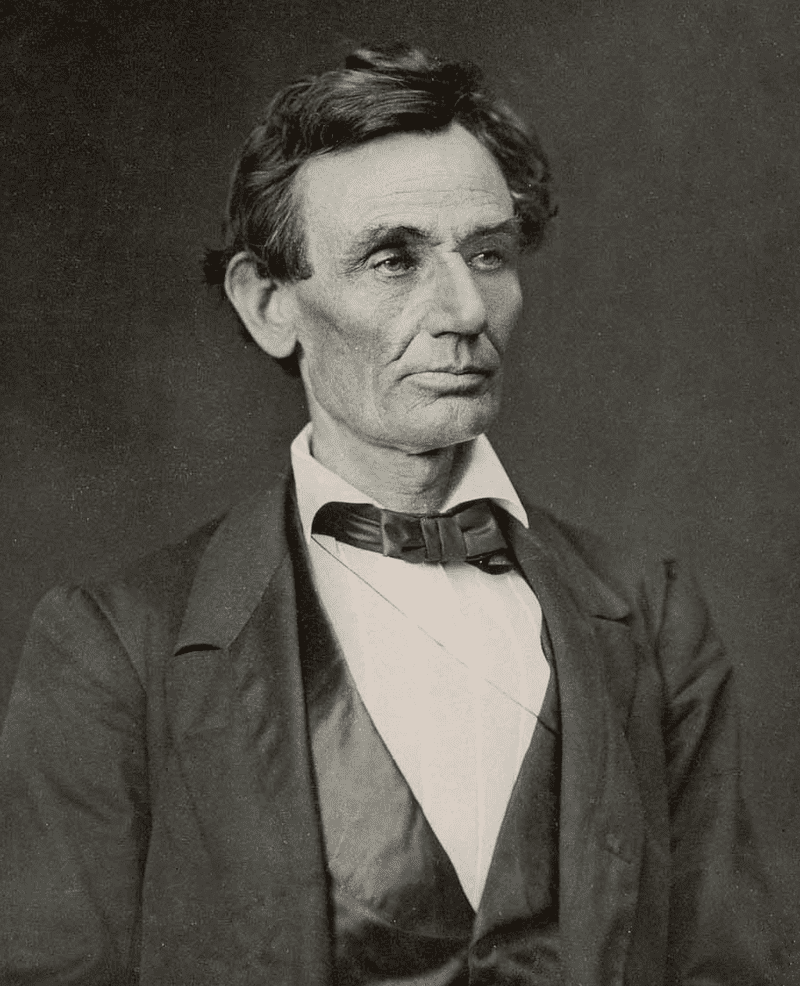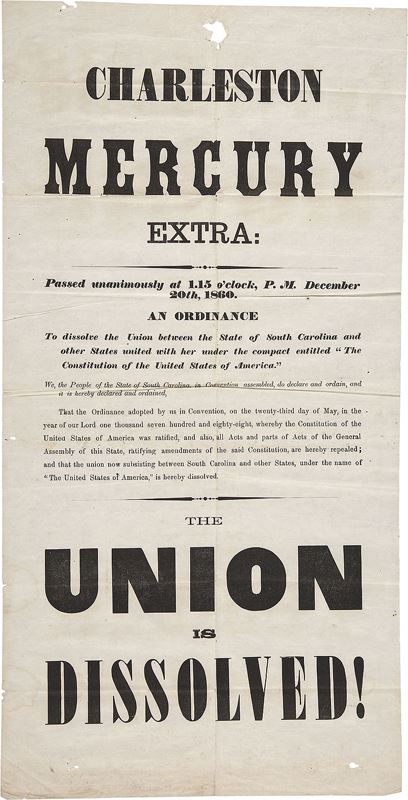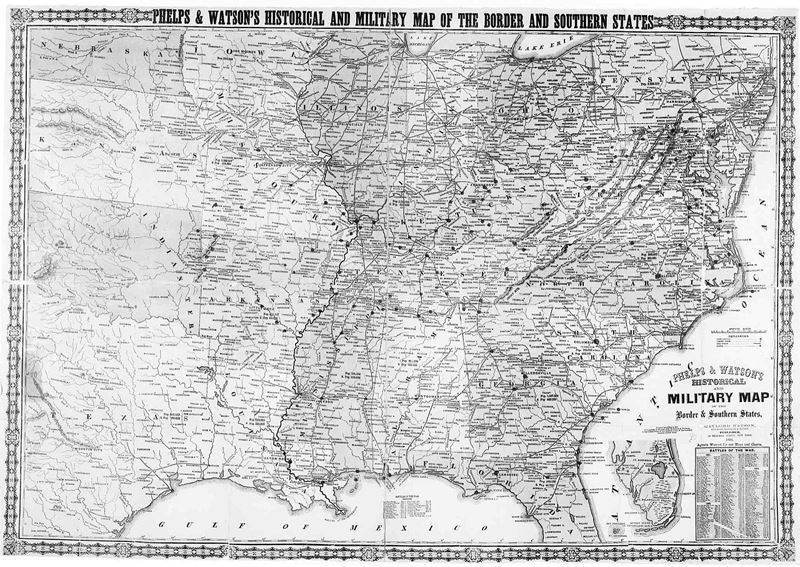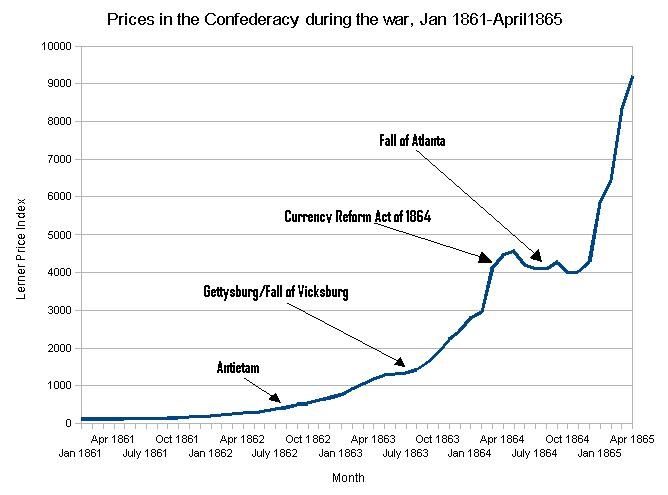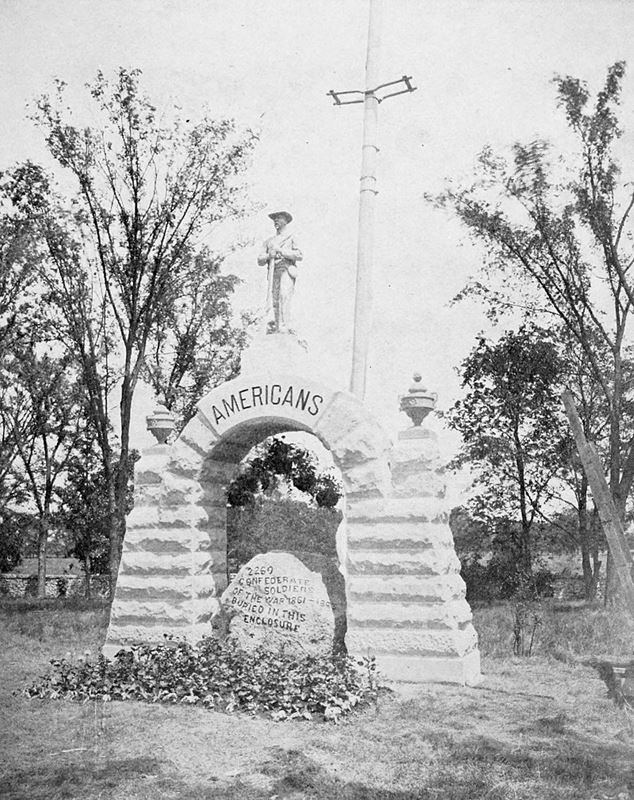Table of Contents
The disagreement between the two states over tariffs quickly escalated into the American Civil War. On April 12th, 1861, Confederate forces bombarded Fort Sumter in South Carolina, beginning four years of bloodshed. Over 620,000 Americans would lose their lives in the deadliest conflict in United States history.
While much has been written about the major battles of the Civil War, many lesser-known stories also deserve to be told. This blog post will examine one such story: The Battle of Fort Sumter.
Facts about Fort Sumter- A Quick view
Fort Sumter is a historic site located in Charleston, South Carolina. The fort was the site of the first major battle of the Civil War, and it played a significant role in the history of the United States. Today, Fort Sumter is a popular tourist destination and is also home to a museum that tells the story of the fort and the Civil War. Here are two facts about Fort Sumter:
- Fort Sumter was built between 1829 and 1861. It was named after General Thomas Sumter, a hero of the American Revolution.
- The fort was occupied by Confederate troops during the Civil War. On April 12, 1861, Confederate batteries began shelling Fort Sumter to force the Union troops to surrender. Finally, after 34 hours of bombardment, Union Major Robert Anderson surrendered the fort. The Battle of Fort Sumter marked the beginning of the Civil War.
Did Fort Sumter enslave people?
Did you know that Fort Sumter enslaved people? In fact, over 100 enslaved people worked at the fort when the Confederates began their attack. Most of these enslaved people were employed as laborers, but some also worked as carpenters, blacksmiths, and masons.
While the Union army did not officially condone slavery, many soldiers turned a blind eye to the practice. As a result, Fort Sumter was not the only military installation where enslaved people were used. It is estimated that over 10% of all Union soldiers were African American, many
formerly enslaved people.
Strategic Reason of the battle
The American Civil War is one of the most significant events in our nation’s history, and the Battle of Fort Sumter was the first major conflict of the war. The battle was fought over the issue of slavery, which had divided the country for many years.
Fort Sumter was a strategic point in the South, and its capture by Confederate forces would have given them a significant advantage in the war. However, Union forces were able to hold off the Confederate attack and eventually forced them to surrender.
The Battle of Fort Sumter was a turning point in the Civil War, and it ultimately led to the abolition of slavery in America. It is now remembered as one of the most important battles ever fought on American soil.
What happened in the Battle of Fort Sumter?
On April 12, 1861, Confederate troops bombarded Union-held Fort Sumter in South Carolina’s Charleston Harbor. The Union garrison surrendered the fort the next day. The battle marked the start of the Civil War.
In early 1861, tensions between the North and South were at an all-time high. Eleven southern states had seceded from the United States and formed the Confederate States of America. President Abraham Lincoln vowed to keep these states in the Union by any means necessary.
In late March 1861, Confederate troops seized two Union-held forts in Florida. On April 6, Lincoln ordered a naval blockade of all Southern ports. Two days later, he called for 75,000 volunteers to serve in the Union army for 90 days.
Confederate leaders saw Lincoln’s actions as an act of war. So they decided to act against a
Northern power symbol: Fort Sumter.
The fort was located in Charleston Harbor, South Carolina. It was heavily fortified and manned by soldiers loyal to the Union.
On April 12, Confederate troops began bombarding Fort Sumter with more than 100 cannonballs. The bombardment continued for 34 hours straight. Finally, the fort’s walls began to crumble under the constant barrage.
On April 13, Major Robert Anderson, commander of Union forces at Fort Sumter, raised a white flag to signal his surrender. He and his men were allowed to leave the fort.
Who won the Battle of Fort Sumter and why?
At first glance, it may appear that the Confederates won the battle since they took control of Fort Sumter after bombarding it with artillery fire for 34 hours. However, Union forces surrendered to General Pierre G.T. Beauregard’s Confederate troops without any casualties, so one could argue that no one indeed won the battle.
Instead, both sides declared victory – while Union forces claimed success in surrendering without further bloodshed and saving lives, Confederates rejoiced over their “victory” and control over Fort Sumter.
Following these events, President Abraham Lincoln was forced to call for 75K volunteers to serve in his army to protect federal property against Confederate attacks – an act that only furthered incited tensions between North and South America leading to what would become known as the Civil War.
Why Was It So Important?
The Battle of Fort Sumter was a significant event in American history for many reasons, including its significance in starting the Civil War (which lasted from 1861-1865) and how it began a long period of secession where 11 southern states seceded from the Union.
In addition, this particular battle sparked a series of other battles throughout several states across America, eventually leading to more than 620K casualties during its duration – making it one of the deadliest wars in US history!
The Battle of Fort Sumter was also important because it showed just how divided our country had become during this period due to different views on slavery, among other issues; before this battle, there had been several failed attempts at a compromise between North and South but none were successful until after four long years when General Lee surrendered at Appomattox Court House in 1865 which ended all fighting between both sides.
Fort Sumter Role in the Civil War
The battle had far-reaching consequences. It galvanized both North and South, rallying each side to its cause. In the North, it confirmed that war was inevitable; in the South, it showed that the Confederacy would fight for its independence. The conflict also began to take on an international dimension as European nations considered whether to intervene on behalf of either side.
Ultimately, the Battle of Fort Sumter set the stage for four years of bloody conflict, claiming more than 600,000 lives and reshaping American history.
The Ignition - first shot at Fort Sumter
Many people already know that The American Civil War began on April 12, 1861, when Confederate troops opened fire on Fort Sumter in South Carolina. But who fired the first shot?
The answer to this question is still a matter of debate. According to one account, the first shot was fired by Major Robert Anderson, the commanding officer at Fort Sumter. Major Anderson had been ordered to surrender the fort to Confederate forces, but he refused. To buy time, he decided to open fire on a nearby Confederate battery.
However, it is also possible that the first shot was fired inadvertently by one of Anderson’s men. Another theory holds that a Confederate soldier named Edmund Ruffin deliberately fired the first shot. Ruffin was an ardent supporter of secession, and he later boasted that he had fired “the first gun” of the war.
No matter who fired the first shot, it is clear that Fort Sumter was the spark that ignited the American Civil War.
Casualties in Fort Sumter
As we had mentioned, The American Civil War began on April 12, 1861, when Confederate forces opened fire on Fort Sumter in Charleston Harbor. The battle raged for 34 hours, and when the smoke finally cleared, more than 2,000 men had been killed or wounded.
Of those casualties, more than half were suffered by the Union army. While the exact number of dead is unknown, it is estimated that between 60 and 80 men were killed on the Confederate side, while anywhere from 300 to 400 Union soldiers lost their lives.
In addition to the human cost, the Battle of Fort Sumter also caused extensive damage to the fort itself. More than 100 cannonballs were fired at the fort during the bombardment, and nearly all buildings were destroyed. The Battle of Fort Sumter was a devastating start to a long and bloody war, one that would claim the lives of more than 600,000 Americans.
How long did the bombing of Fort Sumter last?
The bombing of Fort Sumter lasted for a total of 34 hours, from April 12th to April 13th in 1861. The Confederate forces had been firing on the fort for two days before this, but the Union troops had refused to surrender.
On the morning of April 12th, the Confederates began bombarding the fort with cannons, and by afternoon, the Union flag had been shot down. The firing continued throughout the night, and the fort was set on fire at one point. However, the Union troops could put out the fire and continued to hold their ground.
Early in the morning of April 13th, the Confederates decided to cease fire and await a response from the Union. When none was forthcoming, they resumed bombarding the fort. Later that day, Major Robert Anderson, who was in command of the Union troops, finally agreed to surrender.
The bombing of Fort Sumter was a significant turning point in the American Civil War, as it marked the first time that bloodshed occurred between North and South.
The aftermath of the battle
The aftermath of the battle was devastating. The fort was in ruins, and the area around it was littered with the debris of war. There were bodies everywhere, both Union and Confederate. The wounded were crying out for help, but no one could provide it. The scene was one of utter chaos and devastation.
It is estimated that over 60% of the fort’s walls were destroyed in the bombardment. Most of the buildings inside the fort were also damaged or destroyed. The casualties were high on both sides, with over 60 Union soldiers killed and more than 100 wounded. The Confederate casualties are unknown but are estimated to be around 30 killed and 60 wounded.
The battle of Fort Sumter was a pivotal moment in the American Civil War. It marked the beginning of a long and bloody conflict claiming hundreds of thousands of lives. Moreover, the aftermath of the battle showed just how destructive and deadly this war would be.
Was Fort Sumter the bloodiest Battle of the Civil War?
Fort Sumter is often cited as the bloodiest battle of the Civil War. However, this is only partially accurate. While the Battle of Fort Sumter did claim many casualties, it was not the bloodiest battle regarding the percentage of soldiers killed.
The Battle of Chancellorsville resulted in a higher percentage of casualties, with nearly one-third of all soldiers engaged being killed or wounded. Nevertheless, the Battle of Fort Sumter was undoubtedly one of the most significant battles of the Civil War.
It was the first significant engagement between Union and Confederate forces and served as a rallying point for both sides in the conflict. As a result, the Battle of Fort Sumter remains an integral part of American history.
Why is Fort Sumter important to the Civil War?
Fort Sumter is one of the most critical sites in the history of the United States. Located in Charleston Harbor, South Carolina, the fort was the scene of the first battle of the Civil War. On April 12, 1861, Confederate forces bombarded the fort, and the Union garrison was forced to surrender after 34 hours of fighting.
The fall of Fort Sumter signaled the start of a long and bloody conflict that would eventually claim the lives of over 600,000 Americans. Today, Fort Sumter is a popular tourist destination, and visitors can tour the fort’s remains and learn about its significant role in American history.
Conclusion
The Battle of Fort Sumter was a turning point in American history. The Confederacy’s attack on the Union-held fort in Charleston, South Carolina, sparked the Civil War, a four-year conflict that would claim more than 600,000 lives. Although the Union ultimately prevailed, the battle forever changed the course of American history.


